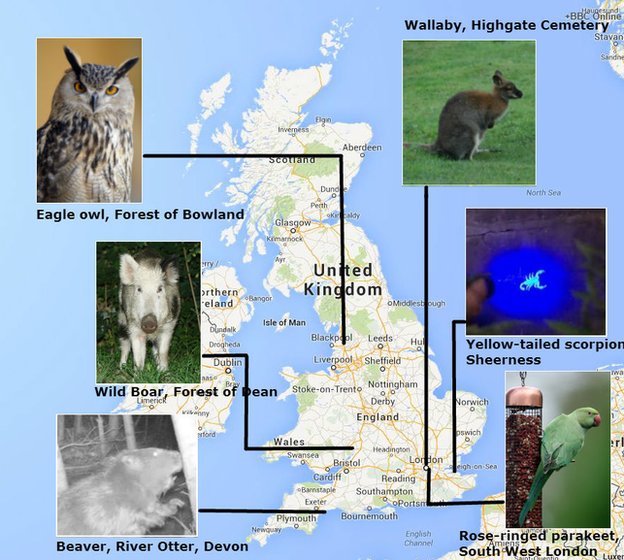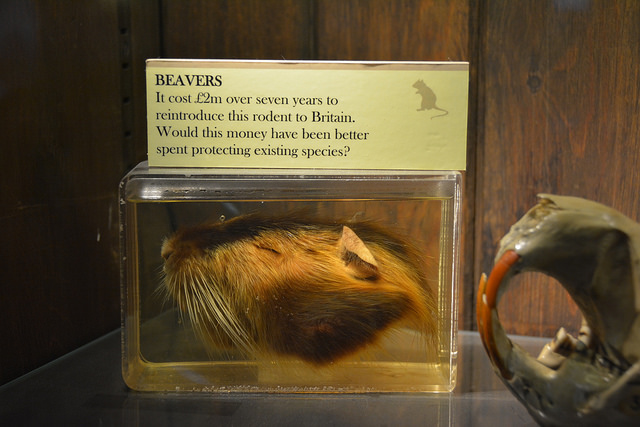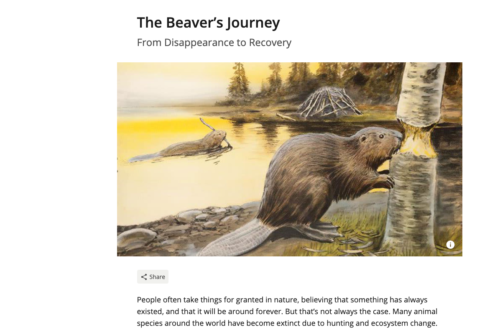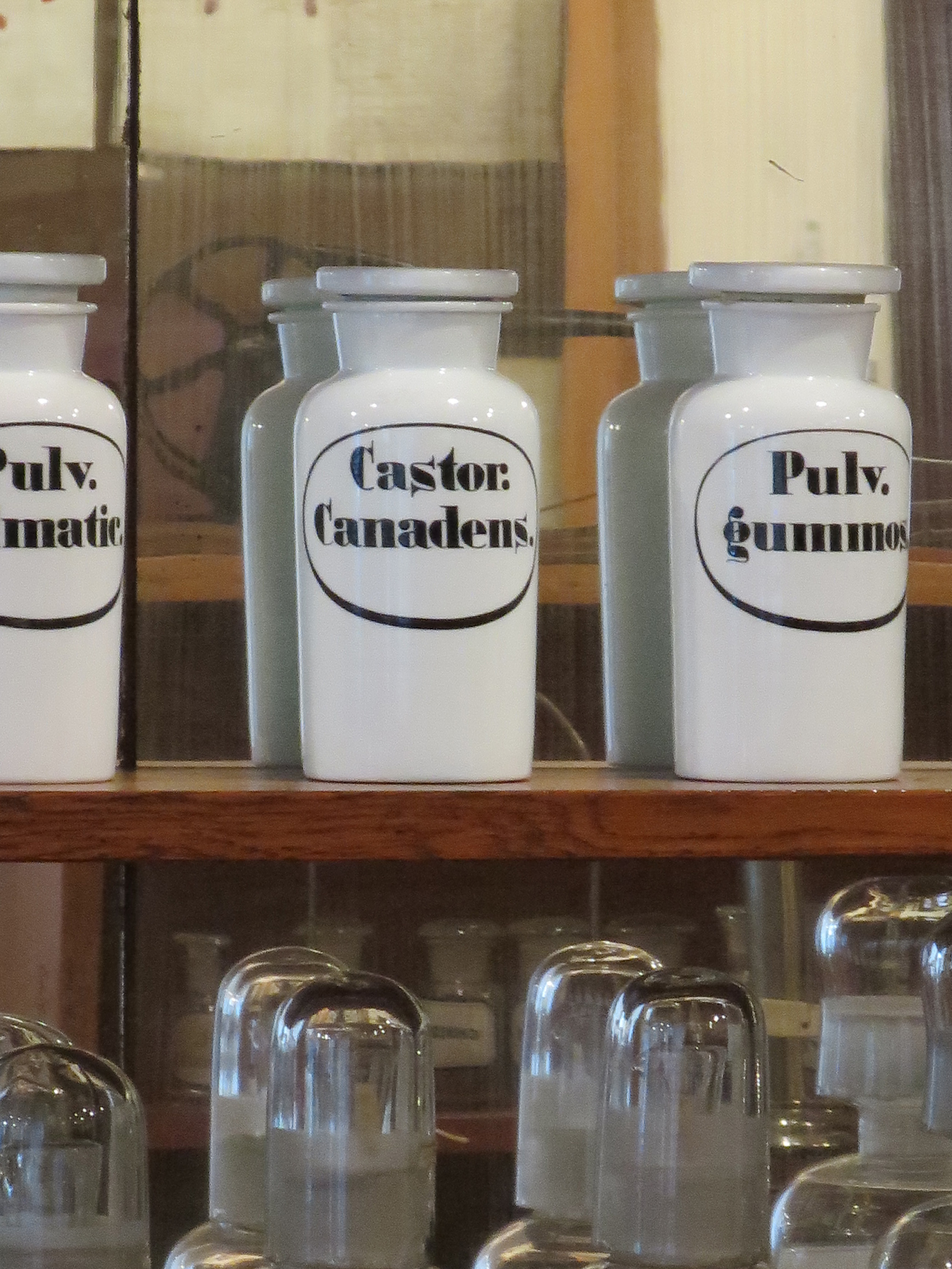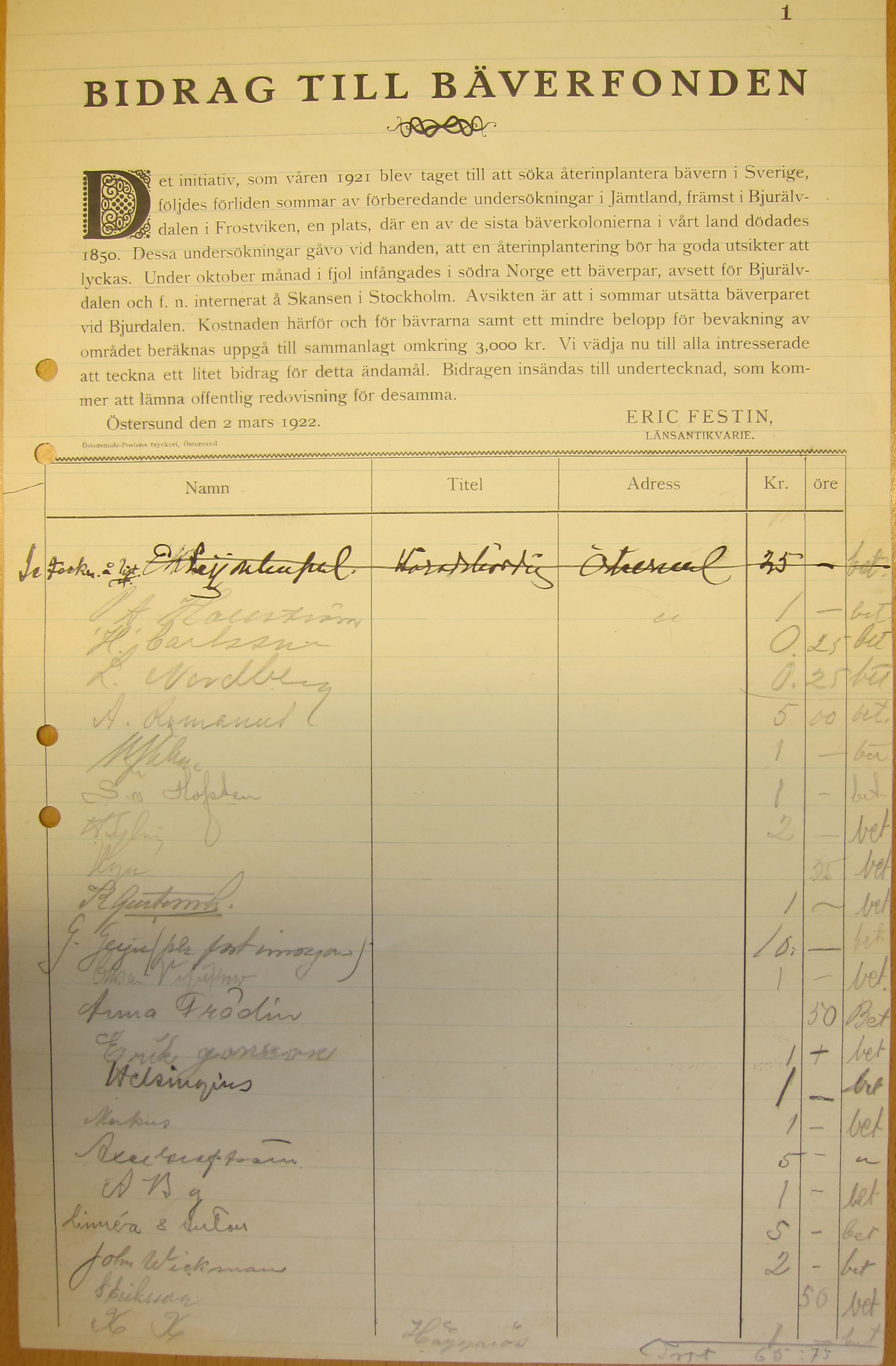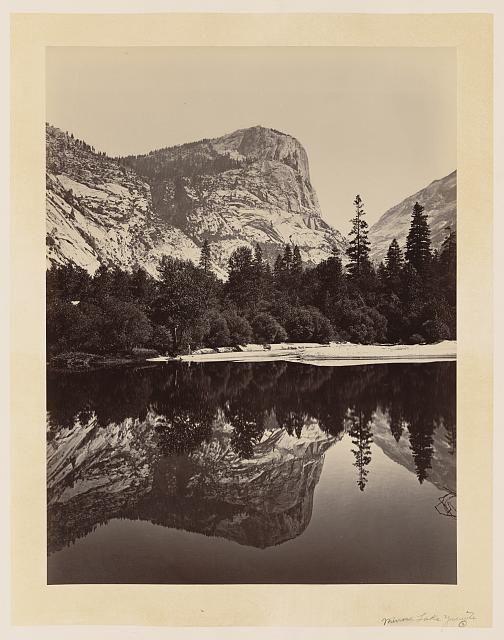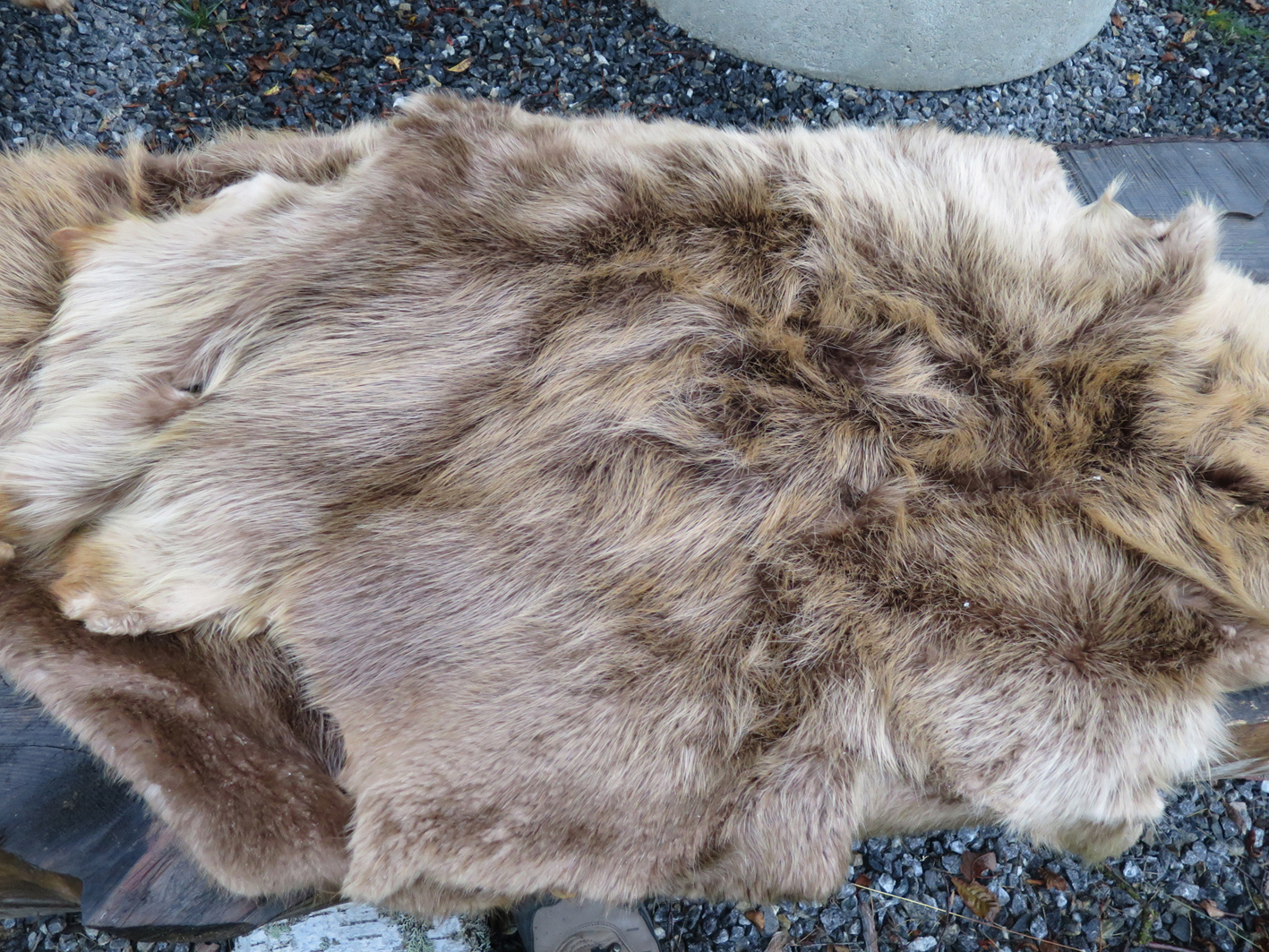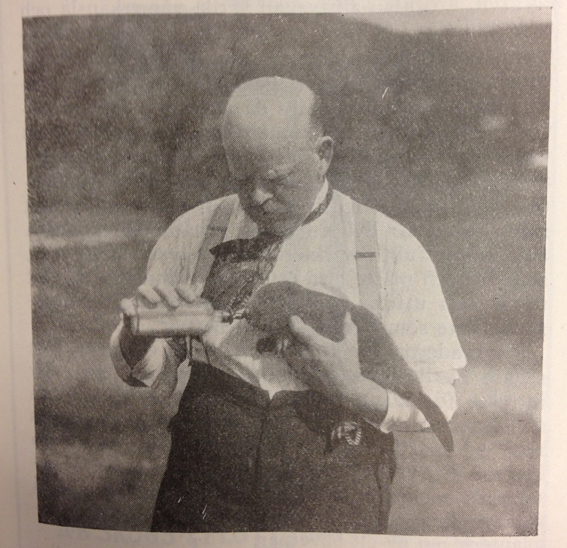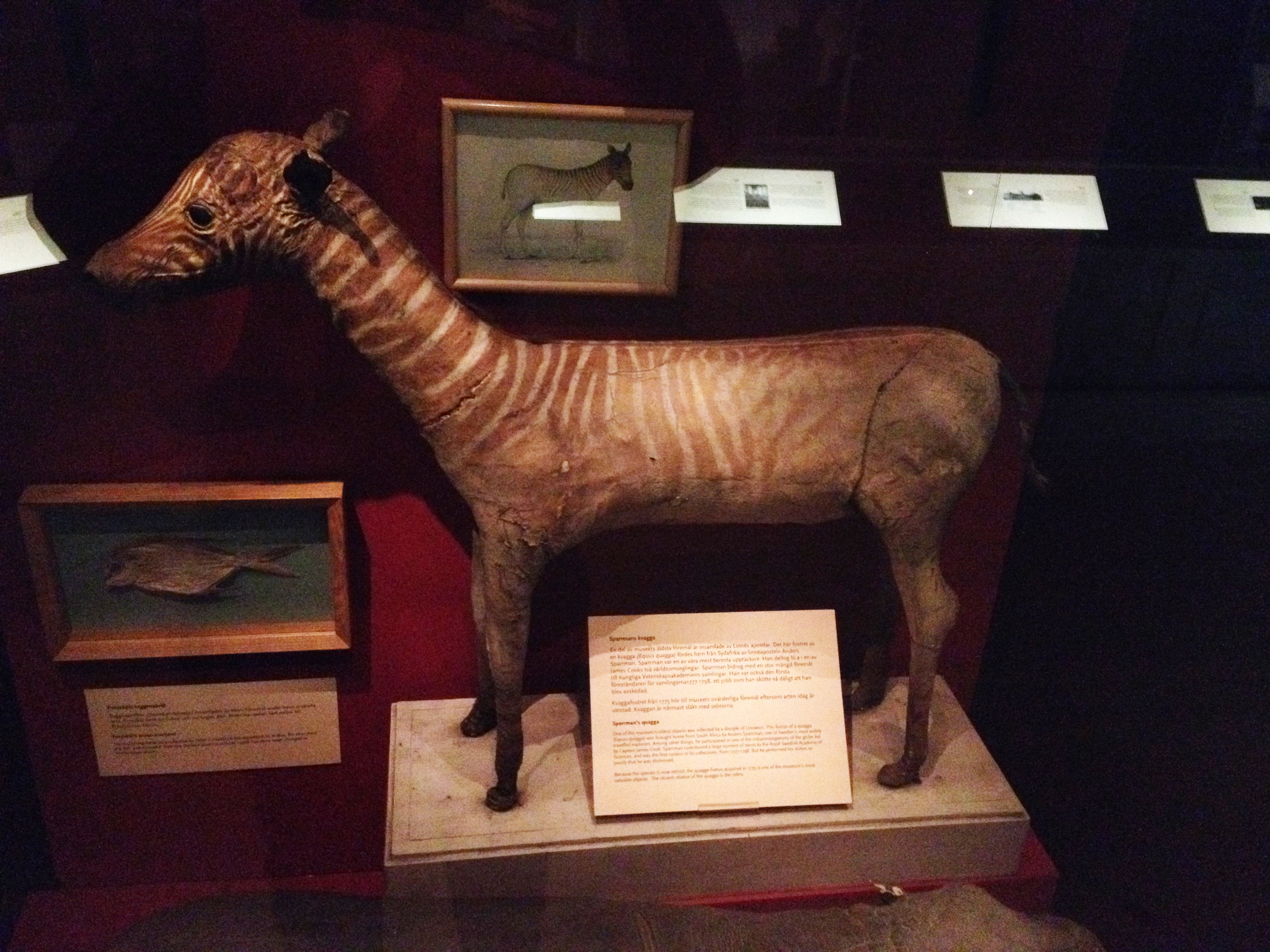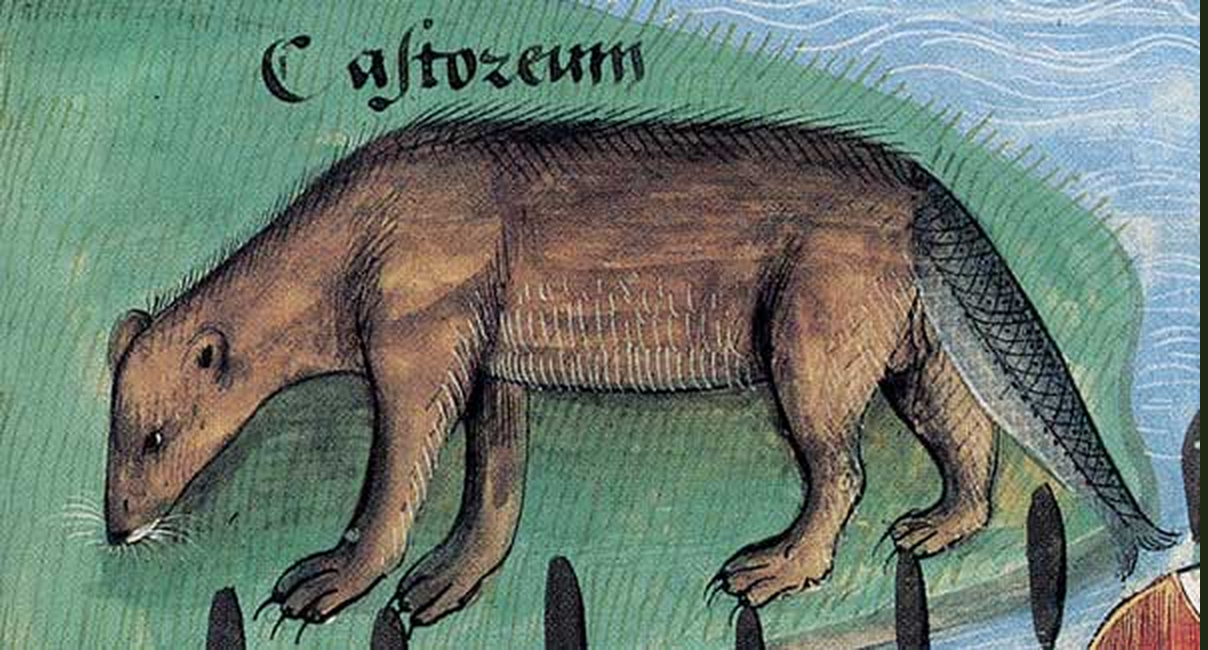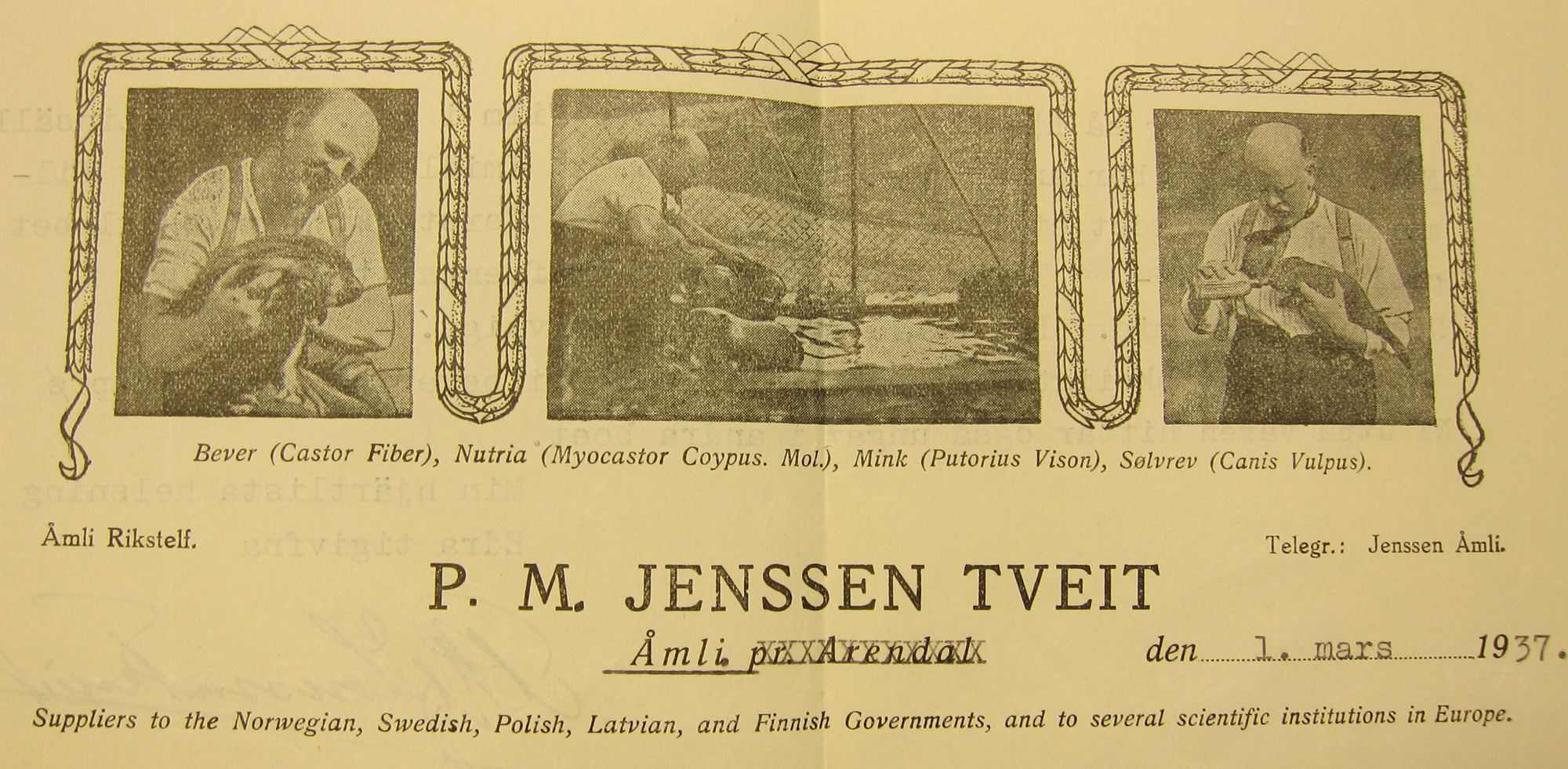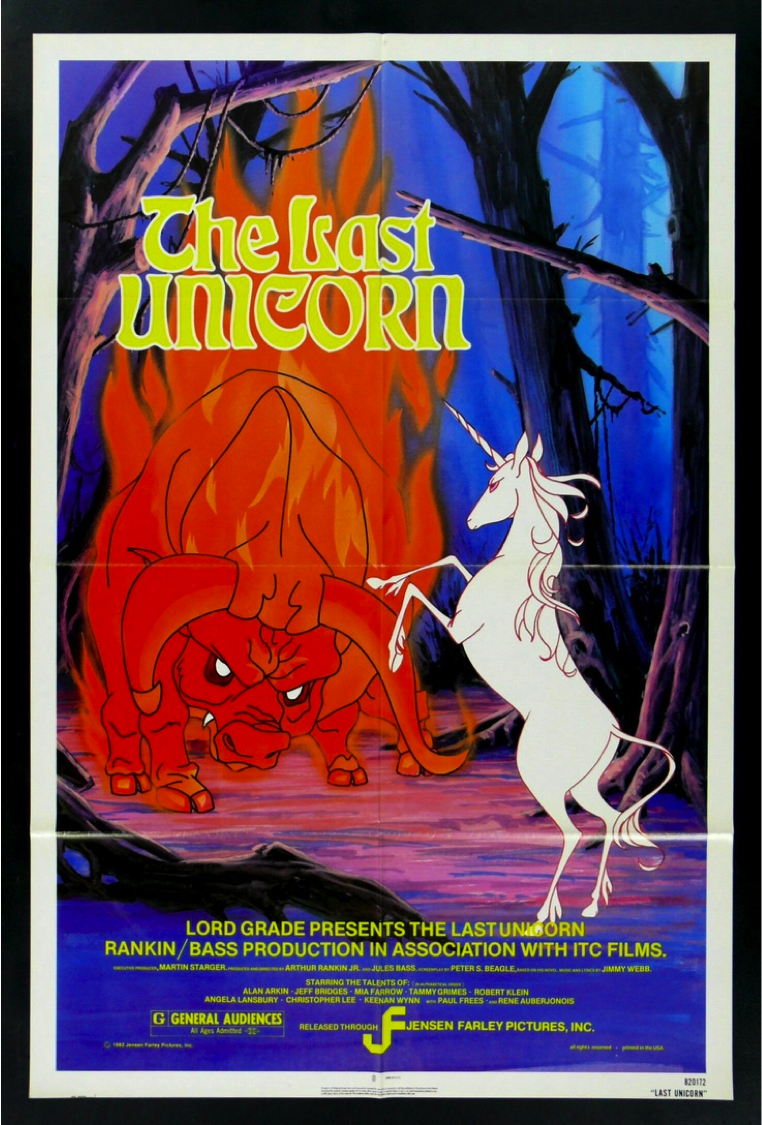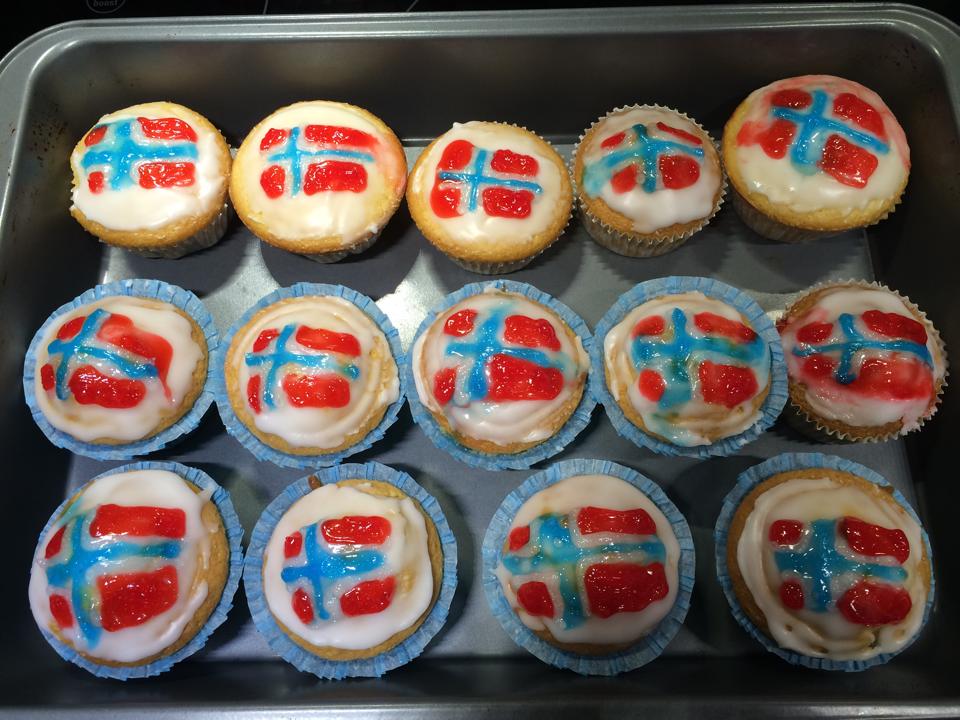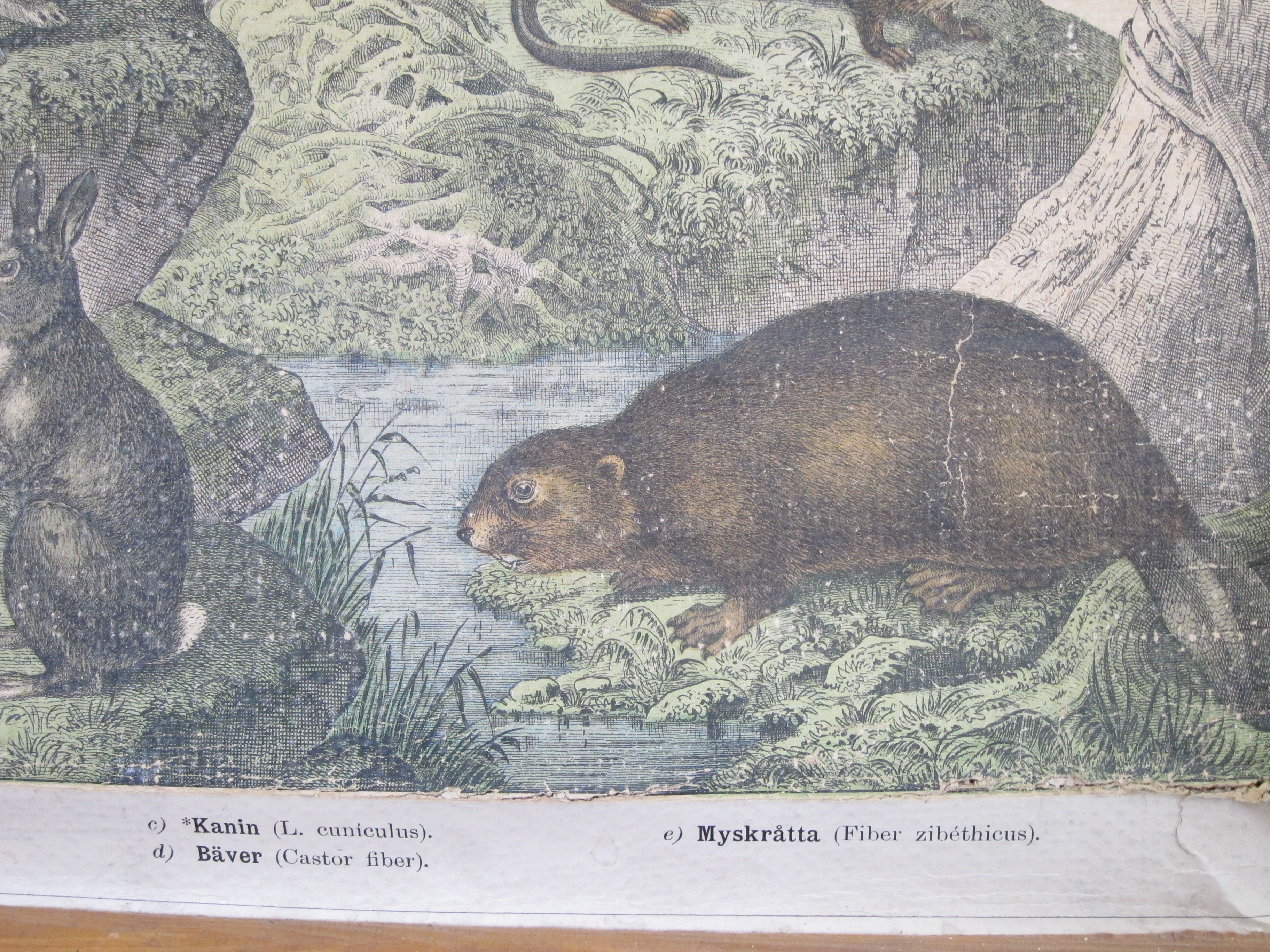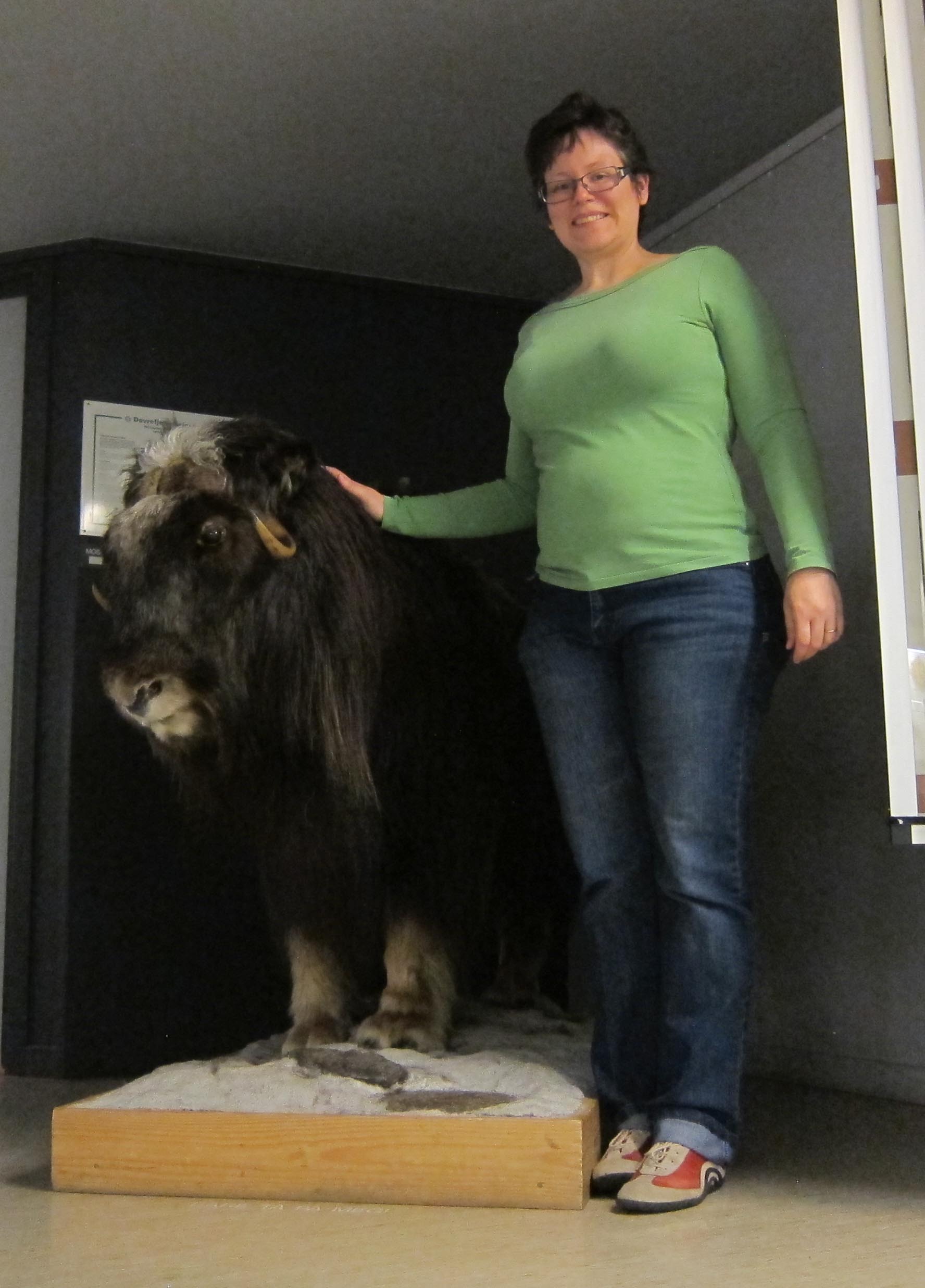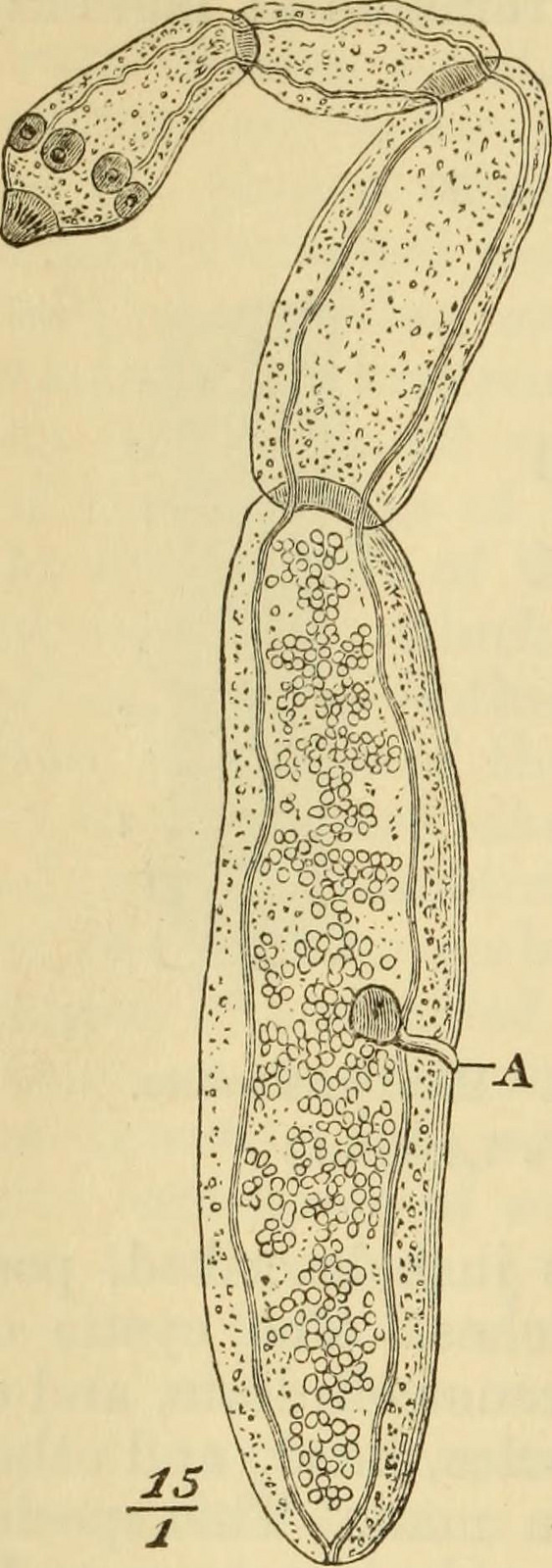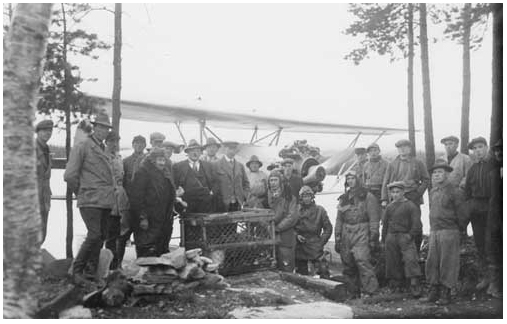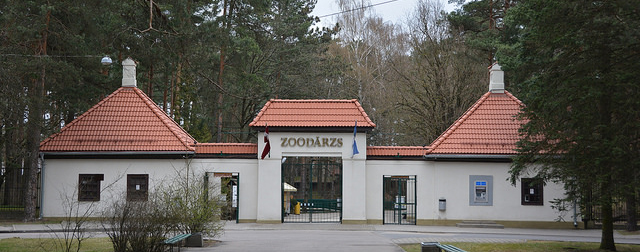beaver
-
When did beaver become non-native in England?
BBC recently ran an article ‘Aliens among us: What strange species are making England home?’ It starts with some pretty obvious introductions of species from outside of England: terrapins, Aesculapian snakes, and North American skunks, But then it gets interesting. In the section ‘Settling In’, it says ‘dozens of non-native species are already successfully breeding in Britain’ then follows with a bulleted list that includes: – Beavers have started breeding in the River Otter in Devon after being reintroduced. They were a common sight 400 years ago but were hunted to extinction. – Another species doing well after reintroduction is the wild boar – there are thought to be more than 800…
-
When the past obscures the past
If I asked someone to tell me why they think beavers were hunted in the past, I think the most likely answer would be ‘for their fur’. As I’ve done research on the partial extinction then reintroduction of the European beaver, I’ve come to realise more and more that this answer has to do with the North American beaver (Castor canadensis) in early modern Canadian colonial environmental history than the European beaver (Castor fiber). I think that the importance of the Canadian beaver for the fur trade in the 17th century to make fashionable wide-brimmed felt hats has made us think that this was always why beaver had been killed. This is apparent if we look…
-
Locals in the landscape
This week, Eric Michael Johnson published a piece at Scientific American, ‘Fire Over Ahwahnee: John Muir and the Decline of Yosemite’, about the drive by conservationists to both extinguish fire and the indigenous peoples who lived in the areas which would become some of the most famous ‘natural’ wonders in the US. This is a sad tale that many people within the field of restoration ecology are only now coming to grips with–the very thing that was valued was not ‘wilderness’ but rather anthropogenic. This resonated with my recent thoughts about the tendency to de-humanise thoroughly human landscapes. But it also got me thinking about whose interests get to count…
-
Speaking in silence
In this project on reintroduction histories, I am particularly interested in how ideas of ‘belonging’ play into reintroduction or introduction of animals and then how animals are attributed ‘belonging’ after they have returned or come to a place. Museums are one place where that belonging happens. That’s why I’ve written a fair amount about museum displays on this blog. I’ve shown the great variety of ways muskox displays and beaver exhibits work–what they say and what they don’t. I’ve criticised some museums for not taking advantage of history-telling opportunities. I’ve talked about the opportunities and limitations of asking museum-visitors to consider reintroduction issues through questions. I’ve pondered about the telling of individual versus species stories. I’ve discussed the…
-
Missed history-telling opportunities
In my explorations of reintroduction in Norway and Sweden, I’ve been interested in how those human interventions are told (or not) to the public. When I visited the Naturhistoriska riksmuseet (NRM) in Stockholm earlier this year, I couldn’t help but be struck by the many missed opportunities to tell entangled stories. In the Natur i Sverige (Nature in Sweden) permanent exhibit, the visitors get to meet Swedish fauna, including wolves, red foxes, moose, beaver, wild boar, and the “new animals” I mentioned in a previous post. So I was particularly interested in how the reintroduced animals like beaver and wild boar would be handled. The beaver exhibit features a beaver…
-
Lost and found
I saw an image tweeted a few weeks back about beaver reintroduction that I think is worthy of some reflection. The poster is in the genre of ‘Lost pets’ that we all recognise from posters on street lamps, bus stops, and public boards. The headline ‘LOST’ in all caps catches our attention. We recognise that the animal shown in the image has been ‘lost’. Below the picture we get information about its name, when it was last seen, what it means to the people who have lost it, and the reward. The only thing missing that we might expect on a ‘lost’ poster is a name & phone number to contact if found. (This would…
-
Money makes the world go round
It seems to me that many academics don’t like to talk about money, except when they are talking about not getting a research grant. Even those who love to criticise the liberal economic system don’t really like to talk about money. They don’t want to admit that, as the lyrics from Cabaret say, ‘money makes the world go round’, but it does. The beaver reintroduction in Sweden I’ve been researching would have come to naught without money. Money was required to buy the beavers, the transportation, the supplies, and the expenses of the caretakers along the way. It was not cheap. The total cost of the reintroduction of the first pair of…
-
A patriotic project
Yesterday was May 17th. In most places in the world, that’s just another day. But in our part of the world it’s an important holiday because May 17th (syttende mai) is the Norwegian National Day. We put out the Norwegian flag on the flagpole, my girls were waving their flags, and I even baked cupcakes decorated with the red-white-and-blue of Norway. Ah, patriotism. So it got me thinking about patriotism’s role in conservation actions. Animals can become emblematic of a nationstate, spurring desperate (and often very costly) actions to save them. The panda in China and the bald eagle in the US come immediately to mind as those kind of national mascots that…
-
School posters
This week during the Framing Nature conference in Tartu, Estonia, I went on a field trip that visited a 19th century school house. Oskar Luts, an Estonian writer, had attended the parish school in Palamuse, Estonia, from 1895 to 1899 and his most famous (and first) book Kevade (Spring) is set at the school. If you want to read about the school, a one-page summary in English is here. The school house was large building with living quarters for the school master (who was the parish clerk), the school room, kitchen, and sleeping room for the boys (girls were added in a separate part after Luts’ time). The school room had a…
-
Beaver for Lent
Today’s the last day of Lent, which got me thinking about beaver. That might not sound like an obvious connection but they are in fact related. During the Middle Ages, fasting throughout Lent was common, which meant that meat from hoofed animals (cows, sheep, etc) and birds was forbidden. So fish stepped up as the standard Lenten fare. For the most part, this fish probably came in salted or pickled forms and was not particularly tasty. Even though most people these days think the restriction is about eating meat, the dietary restriction wasn’t about mammals & birds versus fish, but about land versus water. Thus, other animals that spent their time in…
